Home>Home Appliances>Home Automation Appliances>How Many Amps Does Alexa Use
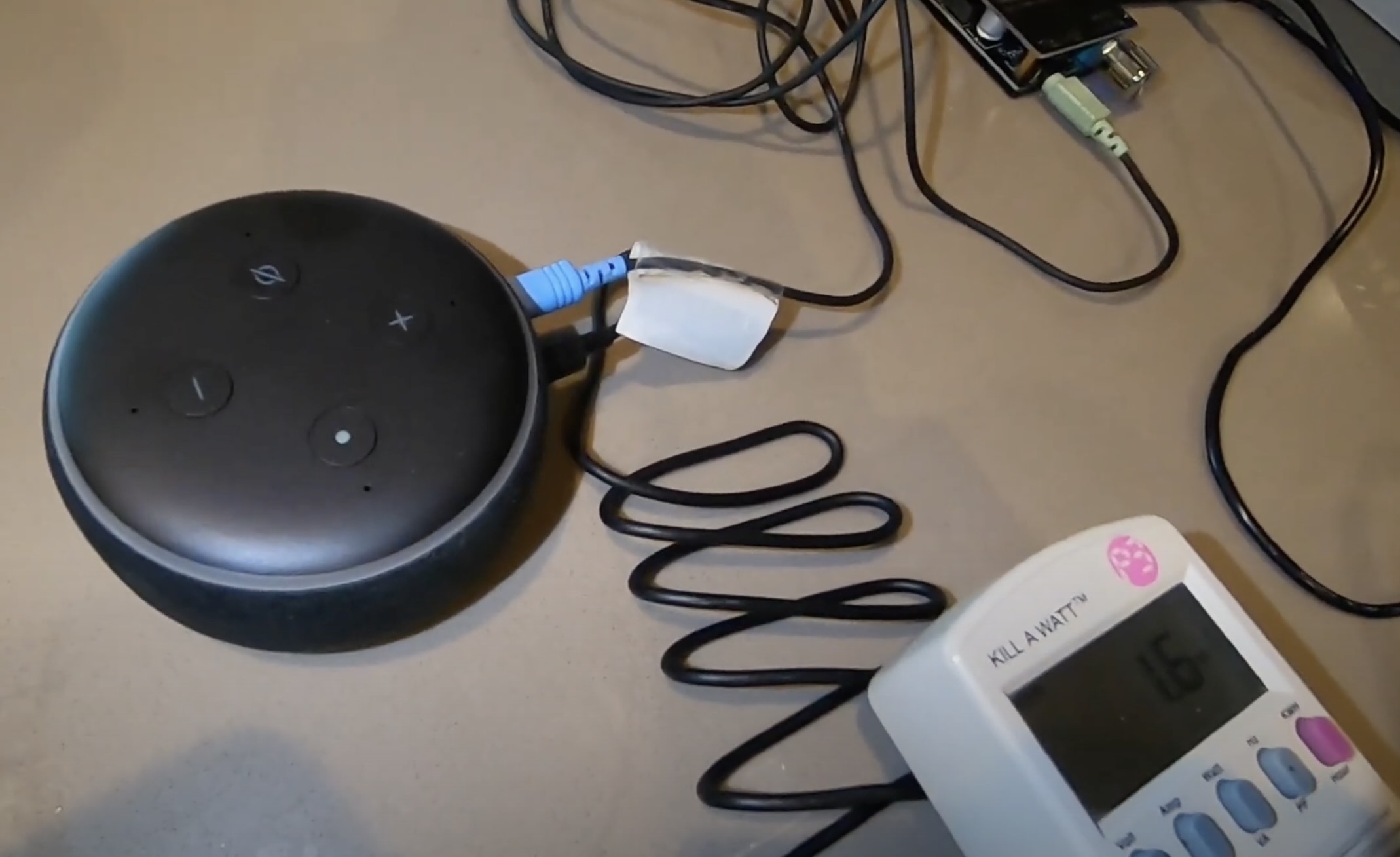

Home Automation Appliances
How Many Amps Does Alexa Use
Modified: May 6, 2024
Discover how many amps Alexa uses and learn about its impact on your home automation appliances. Optimize your energy usage with this essential information.
(Many of the links in this article redirect to a specific reviewed product. Your purchase of these products through affiliate links helps to generate commission for Storables.com, at no extra cost. Learn more)
Introduction
In the realm of smart home technology, Amazon's Alexa has emerged as a ubiquitous presence, seamlessly integrating into our daily lives to streamline tasks and enhance convenience. From controlling smart devices to providing weather updates and playing our favorite tunes, Alexa has become an indispensable companion. However, as with any electronic device, understanding its power consumption is crucial for optimizing energy usage and ensuring efficient operation.
In this comprehensive guide, we delve into the intricacies of Alexa's power consumption, shedding light on the factors that influence its energy usage and providing valuable insights into measuring and managing its amp usage. By unraveling the mysteries surrounding Alexa's power consumption, you'll be empowered to make informed decisions and implement strategies to minimize energy consumption while maximizing the benefits of this innovative smart assistant.
Join us on this enlightening journey as we navigate through the nuances of Alexa's power consumption, uncovering practical tips and invaluable knowledge to elevate your smart home experience. Let's embark on this illuminating exploration of Alexa's amp usage and discover the key to harnessing its potential while optimizing energy efficiency.
Key Takeaways:
- Understanding Alexa’s Power Consumption
Alexa’s power usage depends on factors like activity level, network connectivity, and audio output. Understanding these dynamics helps optimize energy usage without compromising functionality. - Tips for Reducing Alexa’s Power Consumption
To reduce energy usage, users can enable power-saving modes, manage device interactions, optimize network connectivity, update firmware, integrate energy-efficient devices, and monitor energy usage. These practices promote sustainability and efficiency in smart homes.
Read more: How Many Amps Does an AC Use
Understanding Alexa’s Power Consumption
When delving into the intricacies of Alexa’s power consumption, it’s essential to grasp the fundamental aspects that influence its energy usage. Alexa, like many electronic devices, operates on electrical power, drawing a specific amount of current to function. Understanding the relationship between voltage, current, and power is pivotal in comprehending Alexa’s amp usage.
At its core, Alexa is designed to operate on a standard electrical voltage, typically 120 volts in the United States. This voltage serves as the driving force behind Alexa’s functionality, facilitating the flow of electrical current through its circuitry. The current drawn by Alexa is measured in amperes, commonly referred to as amps, which quantifies the rate of electrical flow through the device.
Moreover, Alexa’s power consumption is contingent on its operational state. When actively engaged in tasks such as processing voice commands, streaming music, or controlling smart home devices, Alexa’s power draw fluctuates based on the intensity of its operations. During idle periods, the power consumption may decrease as the device enters a standby or low-power mode, conserving energy when not actively utilized.
Furthermore, the efficiency of Alexa’s internal components, such as the processor, Wi-Fi module, and audio subsystem, plays a pivotal role in determining its power consumption. Optimized hardware and intelligent power management systems contribute to minimizing energy usage while maintaining seamless functionality.
By gaining a comprehensive understanding of Alexa’s power consumption dynamics, users can make informed decisions regarding energy optimization and implement strategies to enhance efficiency without compromising the device’s performance. In the subsequent sections, we will explore the factors that influence Alexa’s power consumption and delve into practical methods for measuring and managing its amp usage, empowering users to harness the full potential of this innovative smart assistant while optimizing energy efficiency.
Factors Affecting Alexa’s Power Consumption
Several key factors contribute to the overall power consumption of Amazon’s Alexa, influencing the amount of electrical current it draws during operation. Understanding these factors is crucial for optimizing energy usage and gaining insights into the dynamics of Alexa’s power consumption.
- Operational Intensity: The level of activity and engagement with Alexa significantly impacts its power consumption. Performing tasks such as streaming music, processing complex commands, or controlling multiple smart devices concurrently can elevate the device’s energy usage.
- Network Connectivity: Alexa’s interaction with Wi-Fi networks and other smart devices necessitates the continuous operation of its wireless communication modules, contributing to its power draw. The strength and stability of the Wi-Fi signal can also influence power consumption.
- Audio Output: Playing music, providing voice responses, and facilitating hands-free calling entail the utilization of audio components, which can impact power consumption, especially at higher volume levels or during extended audio playback.
- Idle State: While Alexa may enter a low-power or idle state when not actively engaged, certain background processes and maintenance tasks may still consume a minimal amount of power, albeit significantly lower than during active usage.
- Environmental Conditions: Ambient temperature and humidity can affect the efficiency of Alexa’s internal components, potentially influencing power consumption. Extreme environmental conditions may prompt the device to adapt its power usage for optimal performance and longevity.
Moreover, software updates and feature enhancements may introduce optimizations aimed at reducing power consumption and enhancing energy efficiency. Amazon continually refines the firmware and software algorithms to improve the overall performance and power management of Alexa, aligning with the evolving landscape of smart home technology.
By recognizing these influential factors, users can proactively manage Alexa’s power consumption, leveraging this knowledge to optimize energy usage without compromising the device’s functionality. In the subsequent sections, we will explore practical methods for measuring Alexa’s amp usage and provide valuable insights into reducing power consumption while maximizing the benefits of this innovative smart assistant.
When calculating the amps used by Alexa, you can use the formula: Amps = Watts / Volts. Alexa typically uses around 3.4 watts, so if you’re in the US with a standard 120-volt outlet, it would be around 0.03 amps.
Measuring Alexa’s Amp Usage
Understanding the precise amp usage of Amazon’s Alexa is instrumental in gauging its power consumption and implementing effective energy management strategies. While directly measuring an individual device’s amp usage may require specialized equipment, users can employ practical approaches to estimate and monitor Alexa’s power draw.
One accessible method for assessing Alexa’s power consumption involves utilizing smart plugs with energy monitoring capabilities. These smart plugs, when integrated into the power supply of Alexa-enabled devices, provide real-time data on energy usage, including amperage, voltage, and power consumption. By analyzing the insights offered by these smart plugs, users can gain valuable visibility into Alexa’s amp usage and identify patterns related to its power consumption based on usage scenarios and operational states.
Additionally, leveraging power monitoring features within smart home ecosystems or energy management platforms can offer comprehensive insights into Alexa’s power consumption. Integrating Alexa into a smart home environment equipped with energy monitoring functionalities enables users to track and analyze the device’s energy usage trends, facilitating informed decision-making regarding energy optimization and efficiency enhancement.
Furthermore, manufacturers may provide specifications and technical details pertaining to the power consumption of Alexa and other smart devices. These specifications often include information on voltage requirements, power input, and, in some cases, current draw, offering valuable reference points for estimating amp usage and understanding the device’s power dynamics.
It’s important to note that while measuring amp usage provides valuable insights, optimizing Alexa’s power consumption extends beyond mere measurement. Implementing energy-efficient practices, such as managing operational intensity, optimizing network connectivity, and leveraging power-saving features, can significantly impact overall energy usage, complementing the insights gained from measuring amp usage.
By embracing a holistic approach that combines measurement with proactive energy management strategies, users can effectively monitor and optimize Alexa’s power consumption, aligning with sustainable and energy-conscious practices in the realm of smart home technology. In the following section, we will explore practical tips for reducing Alexa’s power consumption, empowering users to maximize energy efficiency while enjoying the myriad benefits of this innovative smart assistant.
Tips for Reducing Alexa’s Power Consumption
Optimizing Amazon’s Alexa for energy efficiency involves implementing practical strategies and leveraging features to minimize power consumption while preserving the device’s functionality and user experience. By adopting these energy-conscious practices, users can reduce energy usage without compromising the convenience and utility offered by Alexa.
- Utilize Power-Saving Modes: Explore and enable power-saving modes or features within the Alexa app or associated smart home platforms. These modes can optimize energy usage during idle periods or low-demand scenarios, contributing to overall energy efficiency.
- Manage Device Interactions: Strategically manage the intensity and frequency of interactions with Alexa. Minimizing unnecessary voice commands, limiting continuous audio playback, and optimizing smart device control can positively influence power consumption.
- Optimize Network Connectivity: Ensure a stable and efficient Wi-Fi network to minimize the strain on Alexa’s wireless communication modules. Strong and consistent network connectivity can enhance energy efficiency by reducing the device’s reliance on power-intensive wireless operations.
- Update Firmware and Software: Regularly update Alexa’s firmware and associated software to leverage optimizations aimed at enhancing power management and energy efficiency. Stay informed about feature enhancements that prioritize energy-conscious operation.
- Integrate Energy-Efficient Devices: When expanding your smart home ecosystem, consider integrating energy-efficient smart devices that complement Alexa’s capabilities. Devices designed with energy conservation in mind can contribute to a more sustainable and efficient smart home environment.
- Monitor Energy Usage: Leverage smart plugs or energy monitoring features to track and analyze Alexa’s energy usage patterns. By gaining insights into power consumption trends, users can identify opportunities for optimizing energy usage and minimizing unnecessary power draw.
Furthermore, fostering an awareness of energy-efficient practices and conscientious usage habits can contribute to sustainable energy management within the smart home environment. Encouraging family members or household occupants to embrace energy-conscious behaviors when interacting with Alexa and smart devices can collectively impact energy usage and promote a culture of sustainability.
By implementing these tips and integrating energy-efficient practices into the utilization of Amazon’s Alexa, users can actively contribute to reducing energy consumption while enjoying the unparalleled convenience and functionality offered by this innovative smart assistant. Embracing a holistic approach to energy management empowers users to optimize their smart home ecosystem for sustainability and efficiency, aligning with the ethos of responsible energy usage in the digital age.
Read more: How Many Amps Does A Cooktop Use
Conclusion
As we conclude our exploration of Amazon’s Alexa and its power consumption dynamics, we emerge equipped with a profound understanding of the factors influencing its energy usage and practical strategies for optimizing its power consumption. Alexa, with its seamless integration into the fabric of modern smart homes, epitomizes the convergence of convenience and innovation, offering a myriad of functionalities while operating within the realm of energy-efficient performance.
By unraveling the nuances of Alexa’s power consumption, we have delved into the intricacies of measuring amp usage, understanding the influential factors shaping its energy draw, and embracing practical tips for reducing power consumption without compromising functionality. This journey has empowered us to navigate the landscape of smart home technology with a keen focus on sustainability and energy-conscious practices.
Armed with insights into power-saving modes, network optimization, and conscientious device interactions, users can embark on a journey toward energy efficiency, forging a harmonious coexistence between technological innovation and responsible energy management within the smart home ecosystem.
Furthermore, the integration of energy-efficient smart devices and the cultivation of energy-conscious habits elevate the collective impact of Alexa’s power consumption optimization, fostering a culture of sustainability and responsible energy usage within households and communities.
As we embrace the limitless potential of smart home technology, we are poised to leverage our understanding of Alexa’s power consumption dynamics to drive positive change, contributing to a more sustainable and energy-efficient future. Through informed decision-making, proactive energy management, and a shared commitment to responsible usage, we can harness the transformative power of smart assistants like Alexa while championing the cause of sustainable energy consumption.
In this era of interconnected devices and digital innovation, Alexa stands as a beacon of technological prowess and user-centric design, inviting us to embark on a journey toward energy efficiency and environmental stewardship within the realm of smart home technology. With our newfound knowledge and a collective dedication to sustainable energy management, we stand poised to shape a future where convenience, innovation, and responsible energy usage converge harmoniously, guided by the principles of sustainability and mindful consumption.
Curious about powering up your home with the latest in smart technology? Following our discussion on Alexa's power usage, delve into our upcoming feature on the finest home automation systems set to redefine your living space in 2024. This guide unpacks various devices that sync seamlessly with your lifestyle, ensuring convenience and energy efficiency. Don't miss out on transforming your home into a smarter, more responsive haven.
Frequently Asked Questions about How Many Amps Does Alexa Use
Was this page helpful?
At Storables.com, we guarantee accurate and reliable information. Our content, validated by Expert Board Contributors, is crafted following stringent Editorial Policies. We're committed to providing you with well-researched, expert-backed insights for all your informational needs.
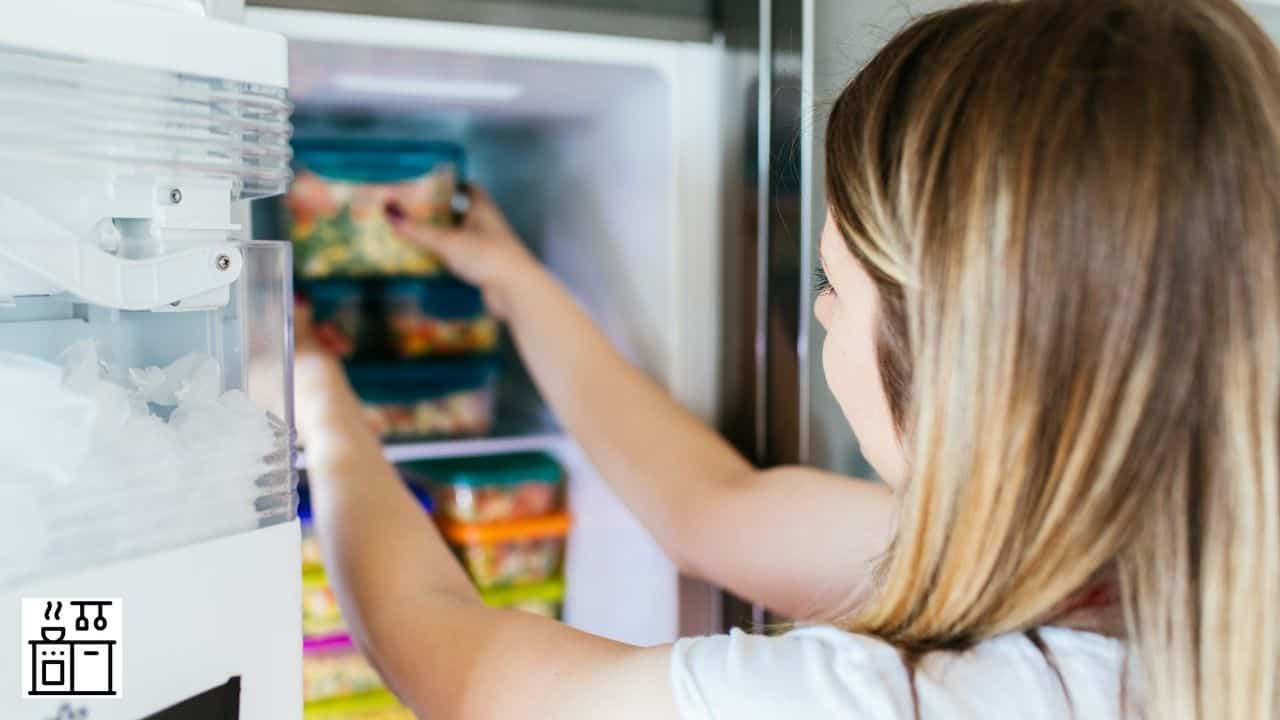
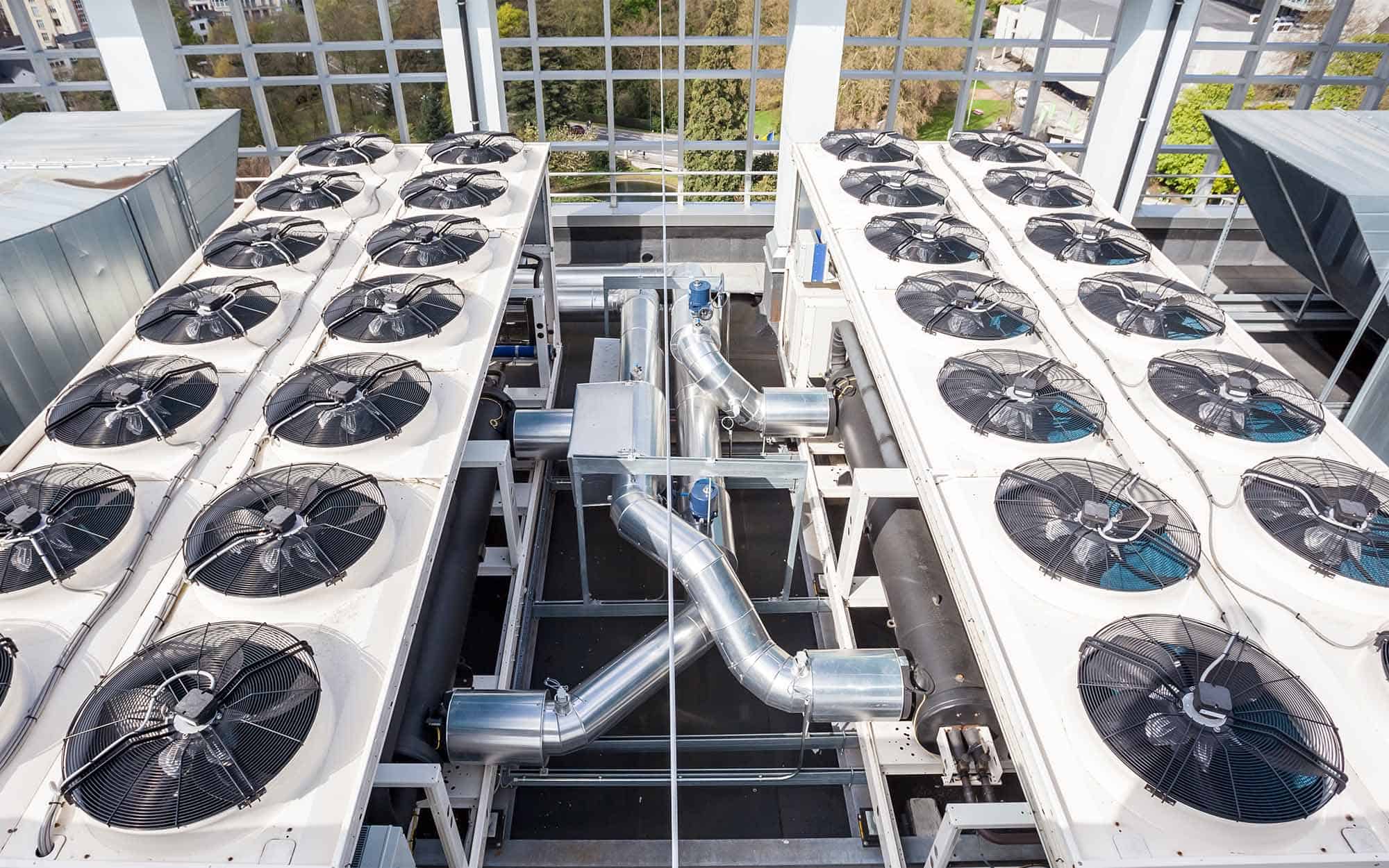
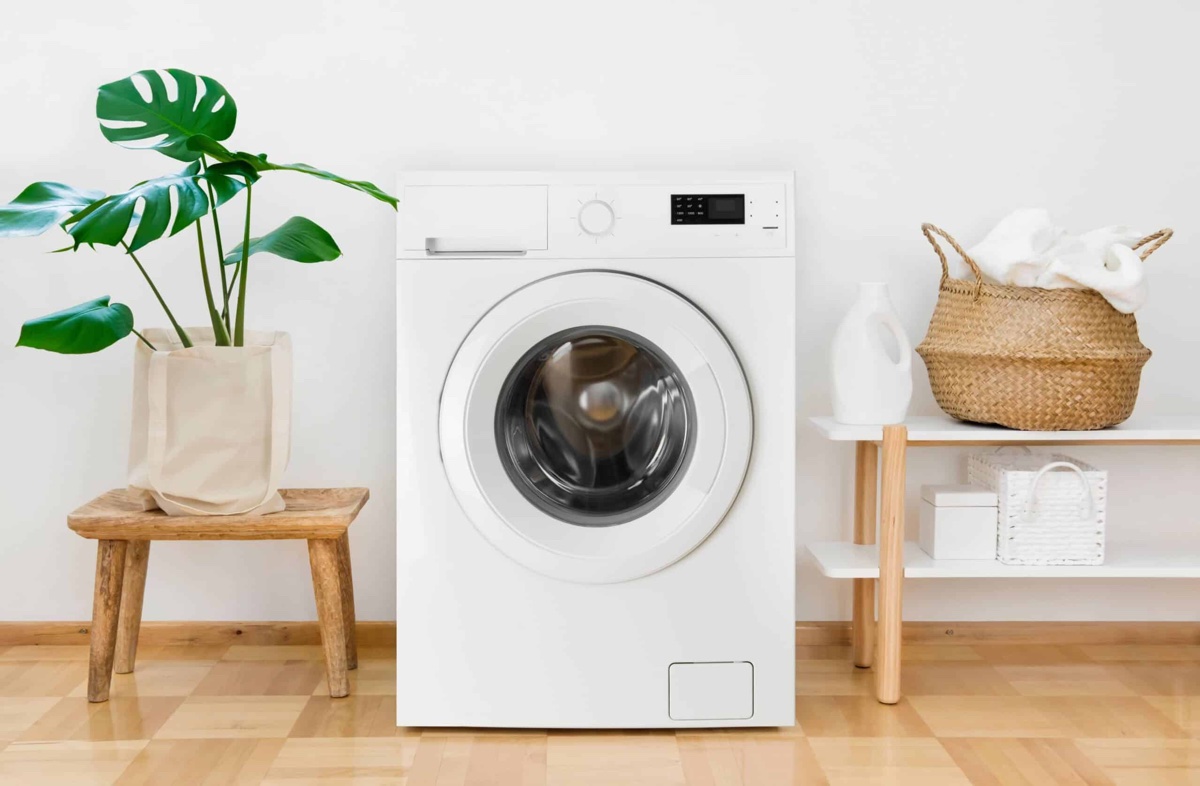


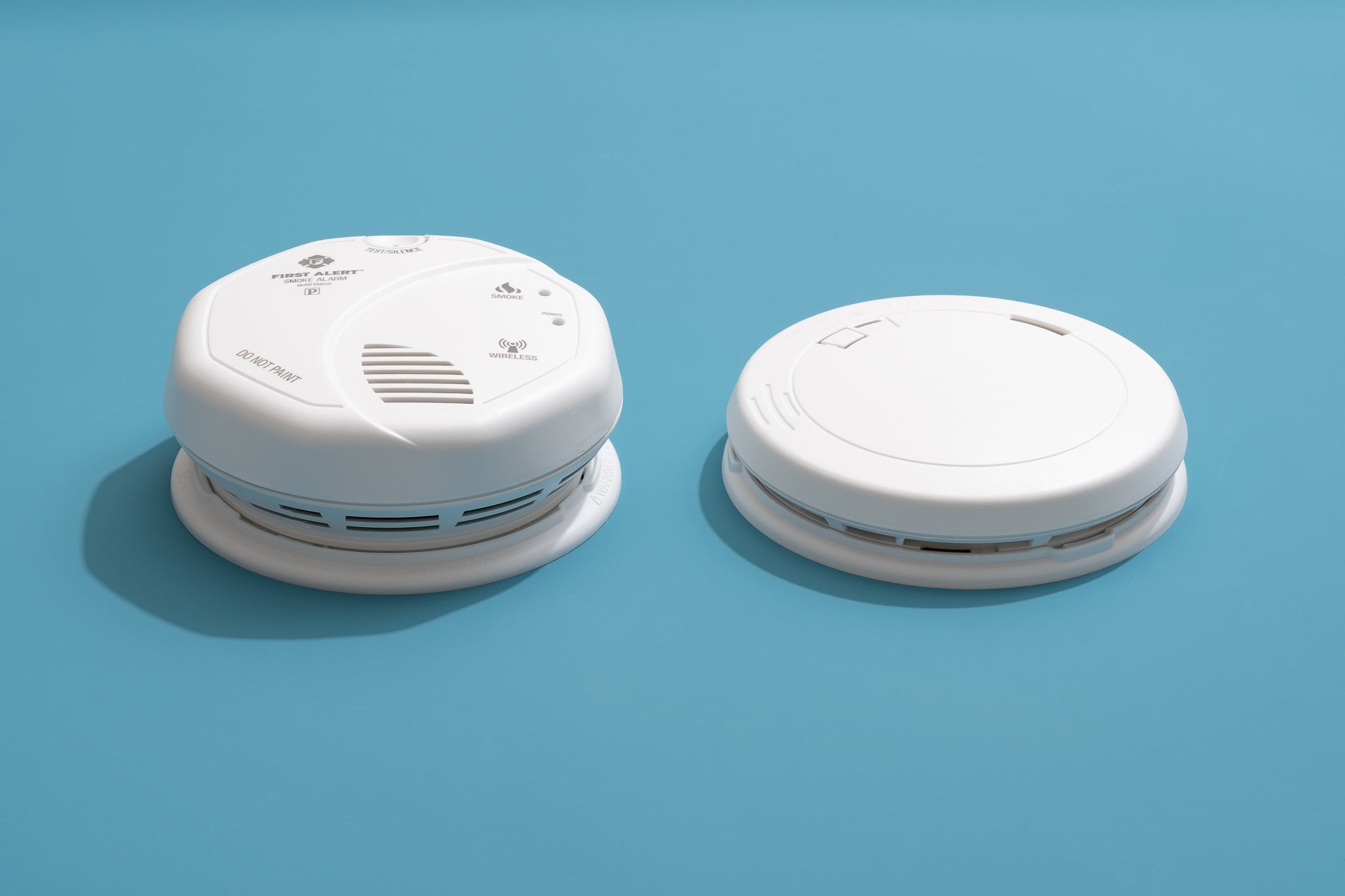


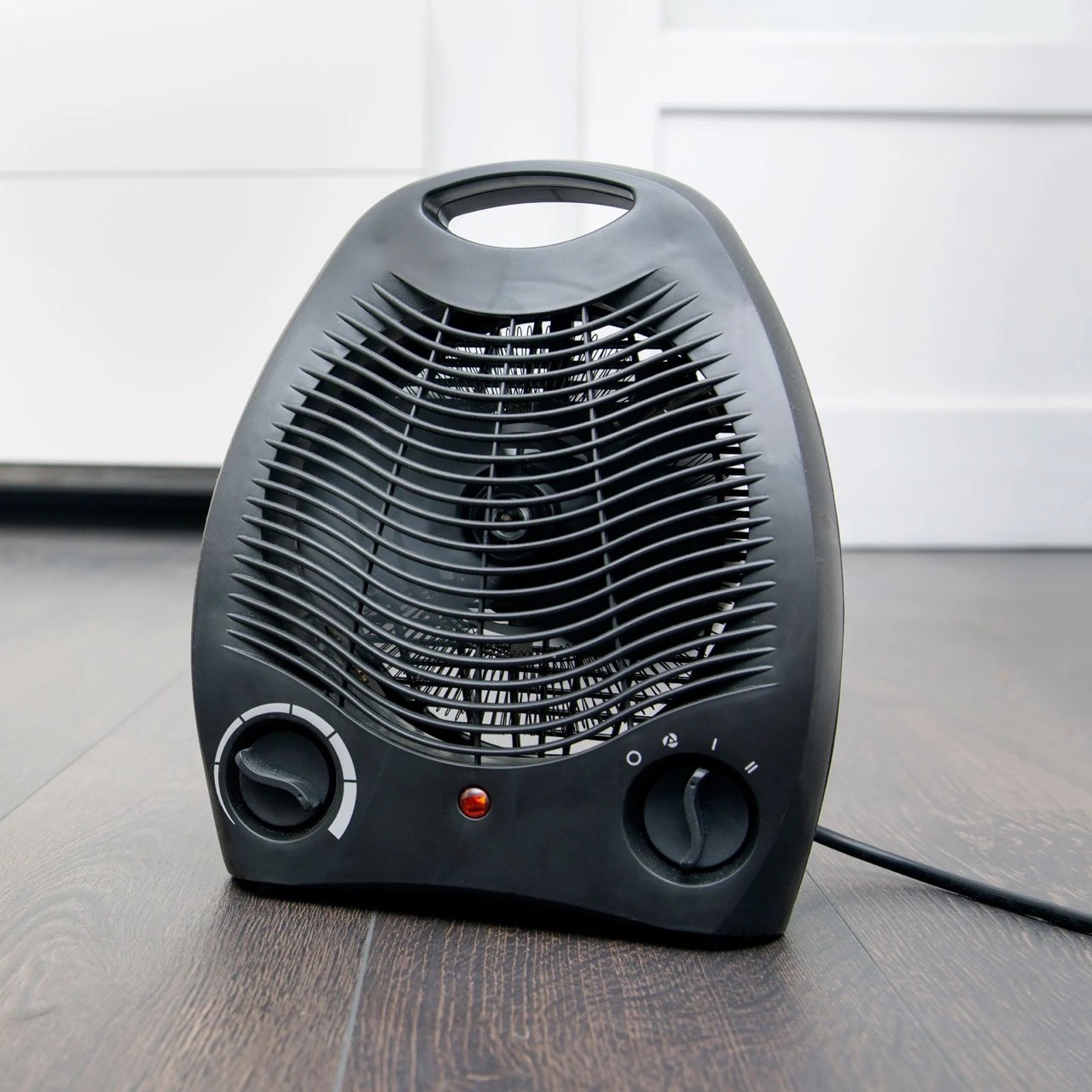
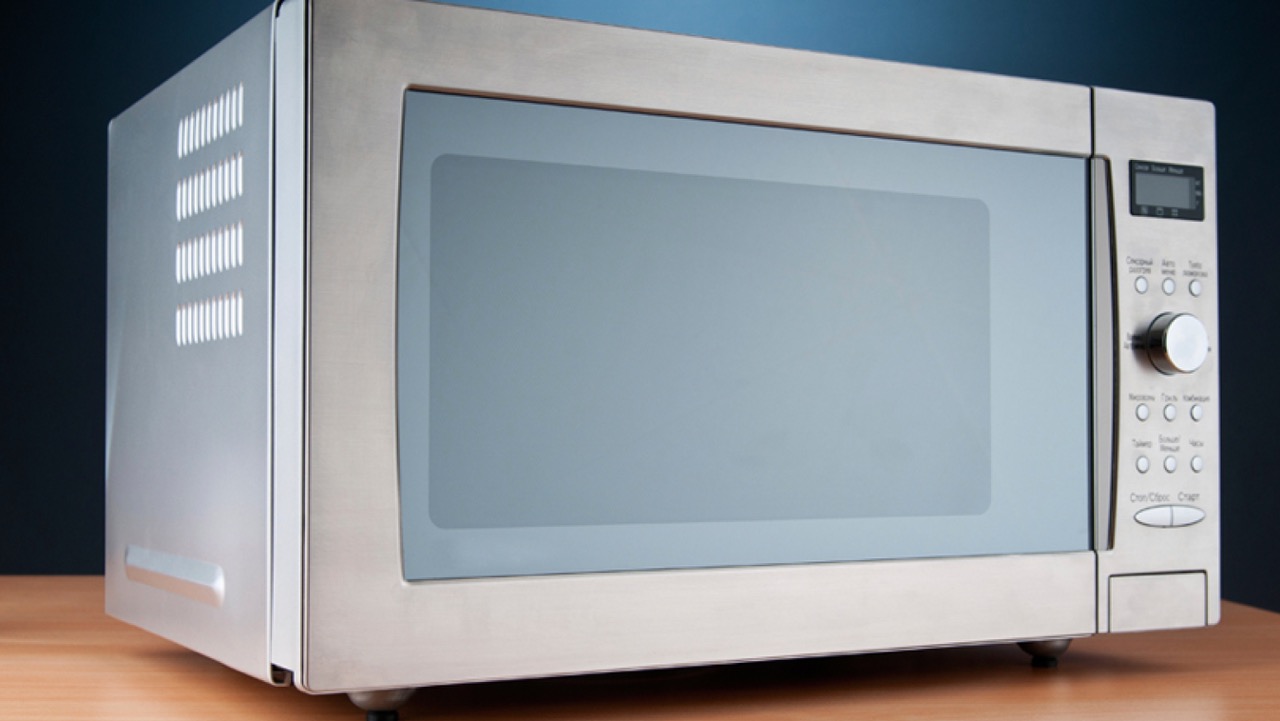
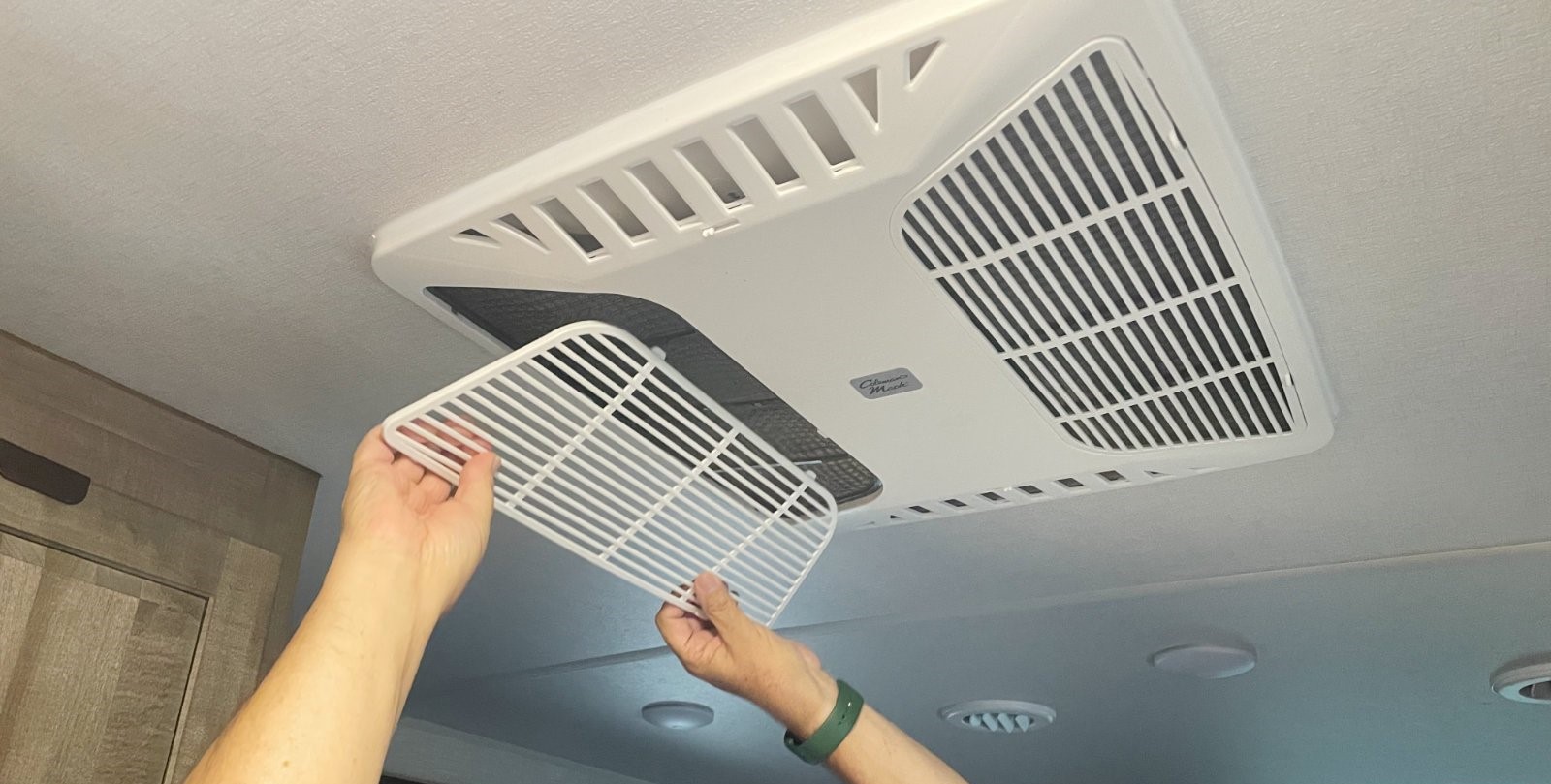
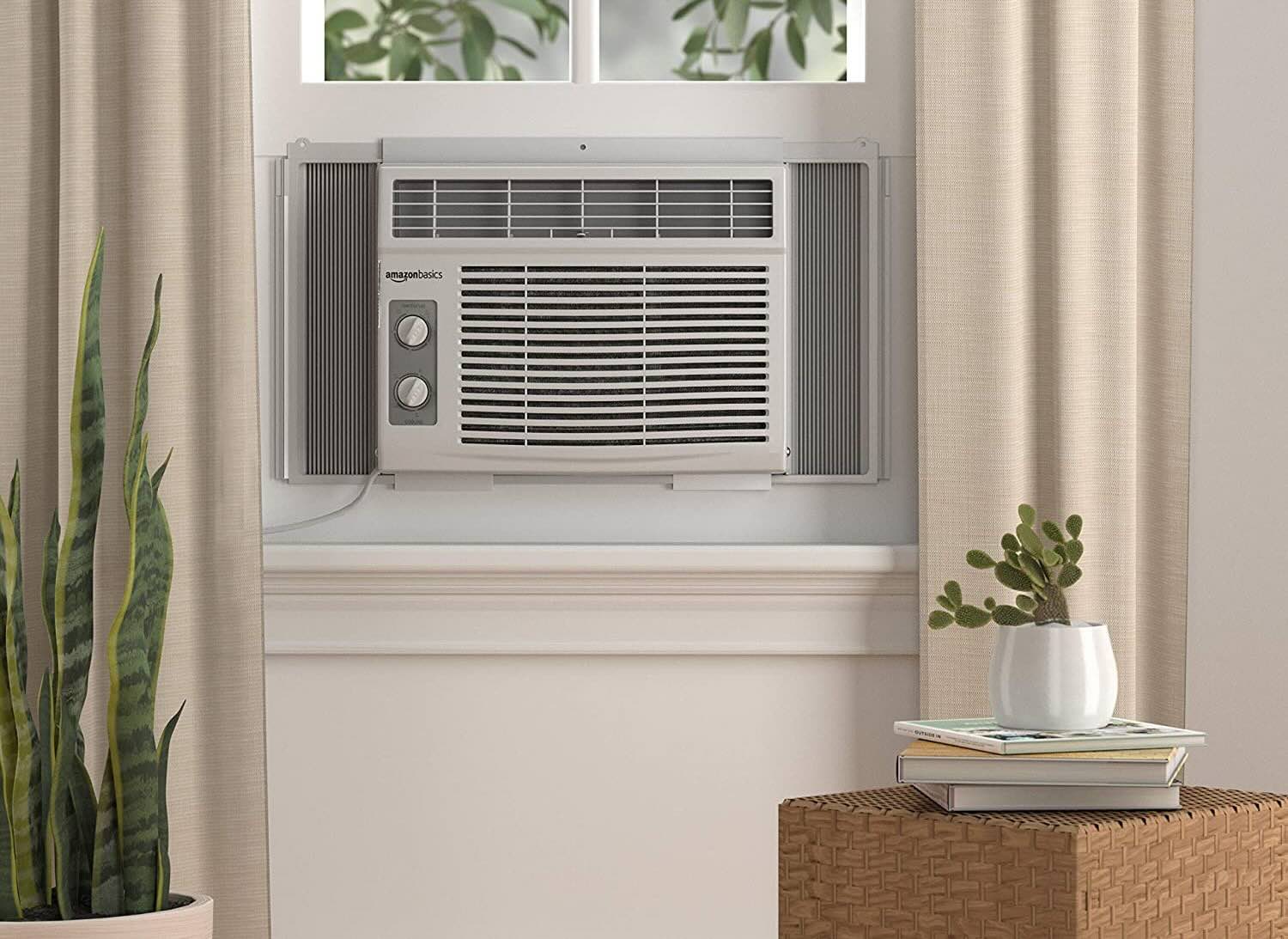
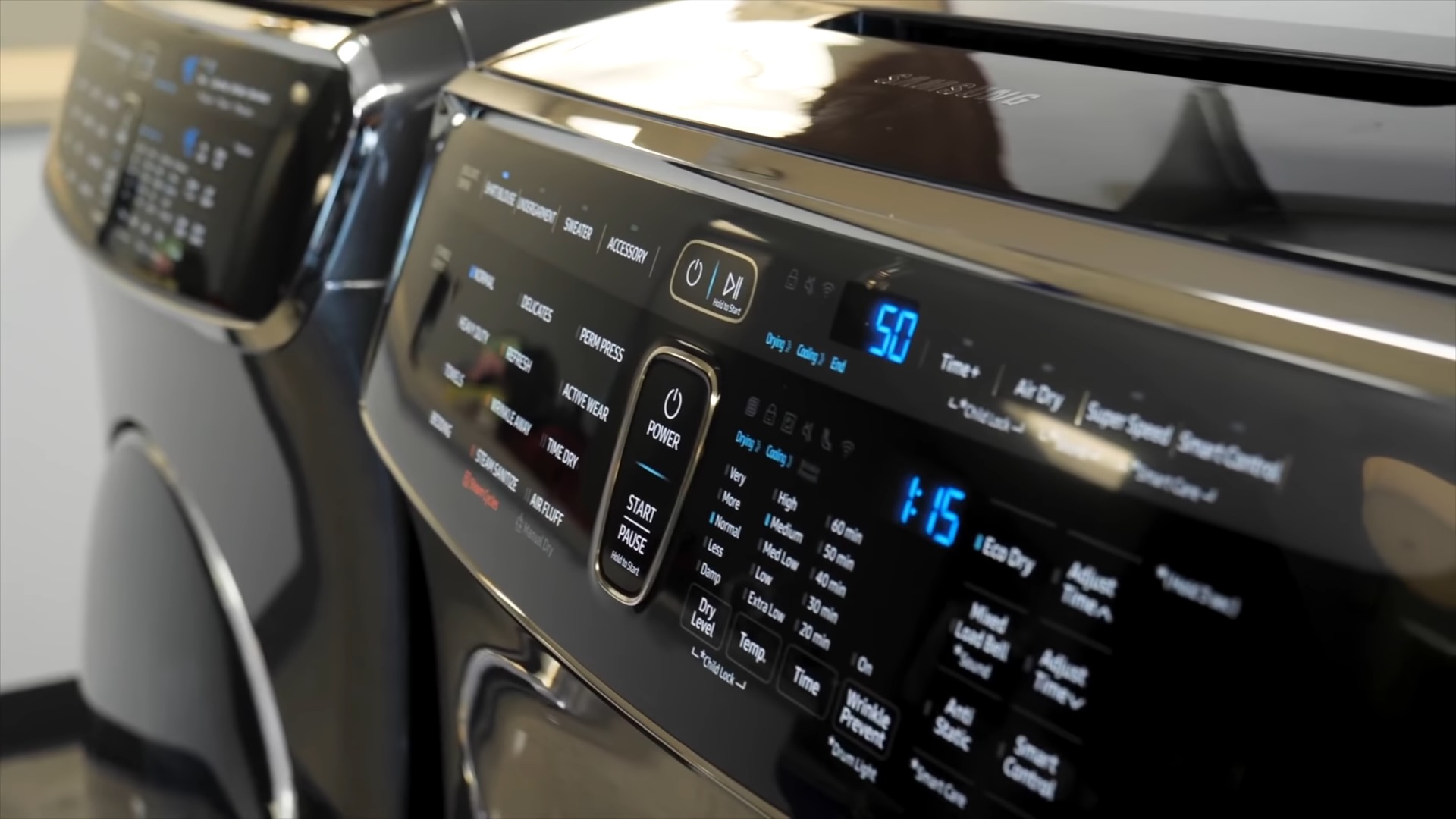
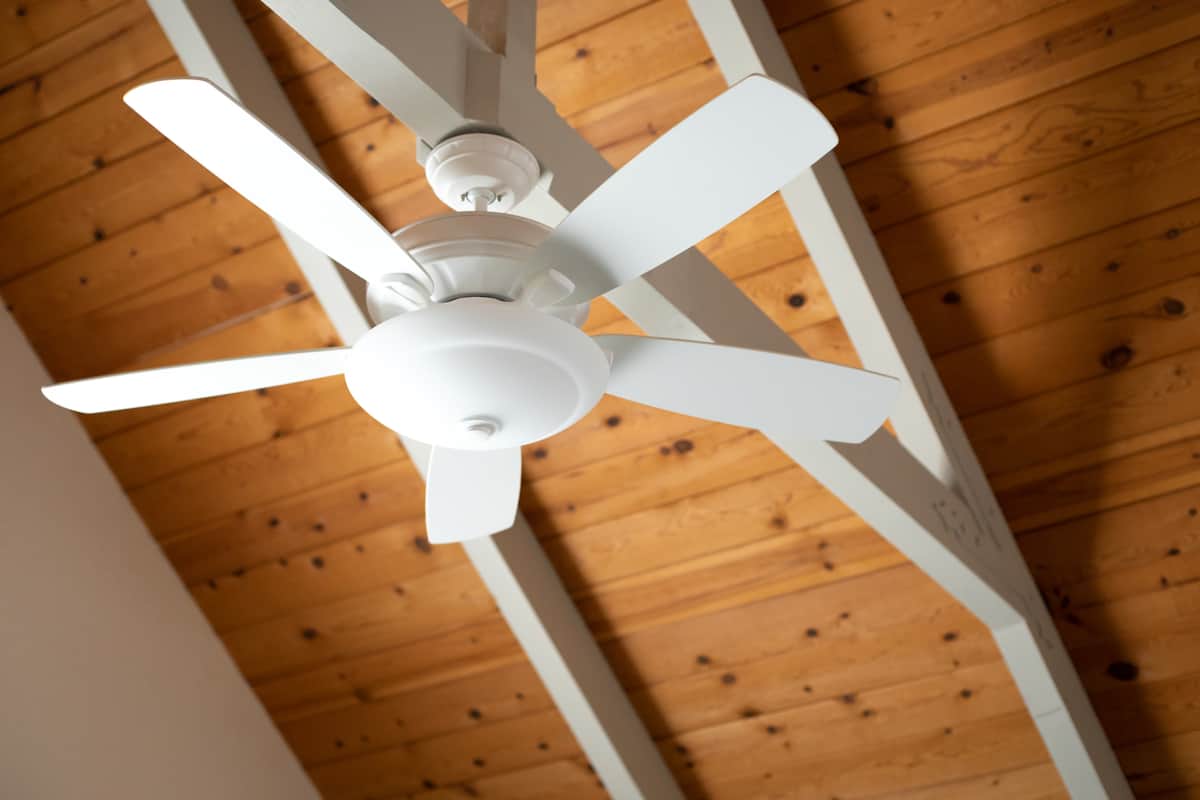

0 thoughts on “How Many Amps Does Alexa Use”